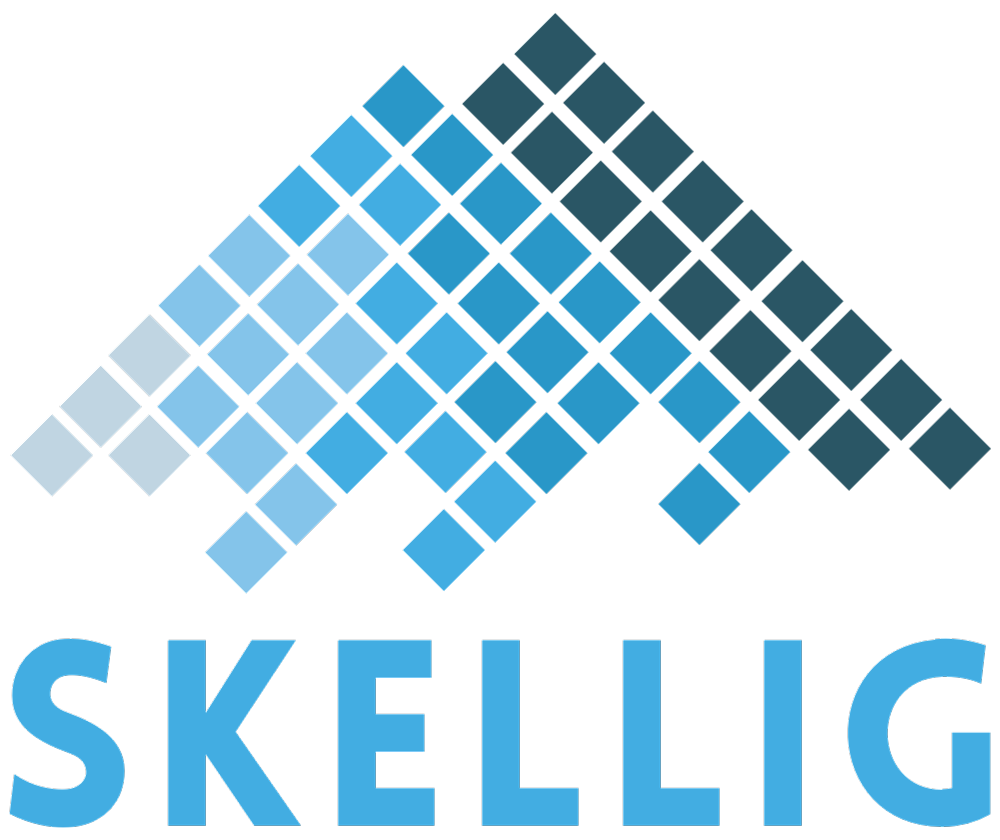Making the case for a new facility to manufacture a pharmaceutical or biological product is a tough process. The new facility will be built as part of an arduous capital project.
This is a messy process, to say the least. As automation engineers, we see a highly fragmented set of suppliers from instrumentation, electrical components, field bus technologies, automation platforms, automation integration, and validation.
As engineers in this industry, I feel like we live in an alternate universe sometimes because of how we collectively get to the end goal.
Too Many Components, Too Many Services
For non-engineers, it’s like if the personal computer industry didn’t exist and instead everyone that wanted a computer had to build their own.
Instead of walking into a shop or ordering a computer online, imagine you had to know all the individual components that made up the computer. You then had to choose from multiple vendors who to buy each component from… and that’s just the hardware.
Now for the harder bit….
Software comes as a platform so you can’t just get your factory ready to go. You need to pick an automation system. You then need to hire someone to integrate that system.
Still not done; next all of the work has to be validated. It has to work the way you said it would, so you will need a large amount of time and money for testing what you have just engineered and built.
Now that it’s tested, you can call it qualified.
How Might We Move Ahead
I wonder whether we could learn from the personal computer industry and so many other industries that build complex systems. We need to steal the idea of productized services. Imagine biotech factories available off-the-shelf.
Good artists copy, great artists steal
– Pablo Picasso
Many would say “No, it can’t be done. It has to be this way. It has to be as complicated as it is. Because each bioreactor and each piece of purification equipment is similar but different enough to justify waiting 2 to 5 years for a finished facility.”
I disagree. We need to build facilities so they can be browsed and slightly customized in the way you might customize a new car. I imagine a future where you visit the show room. You pick out the set-up closest to what meets your needs and you pay a little extra for the customizations you need.
